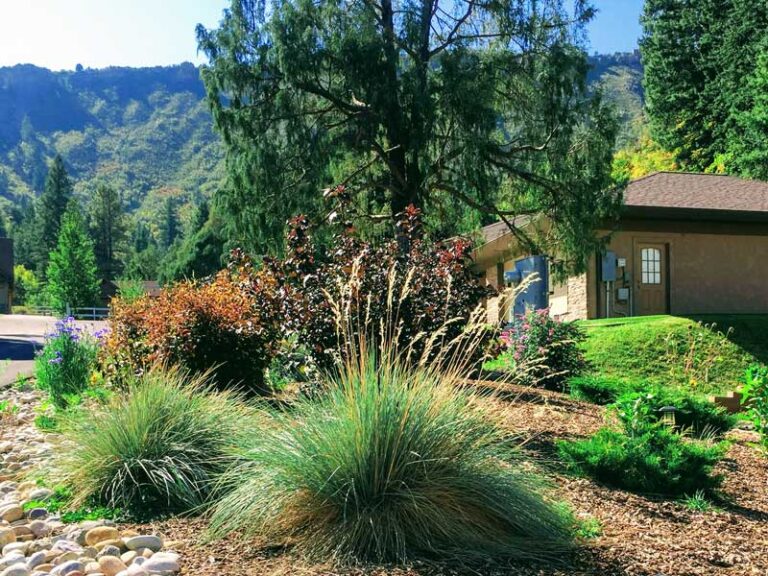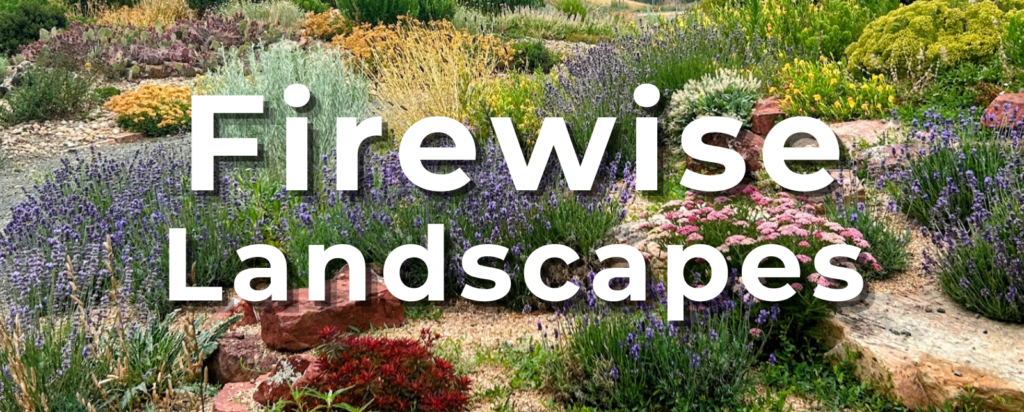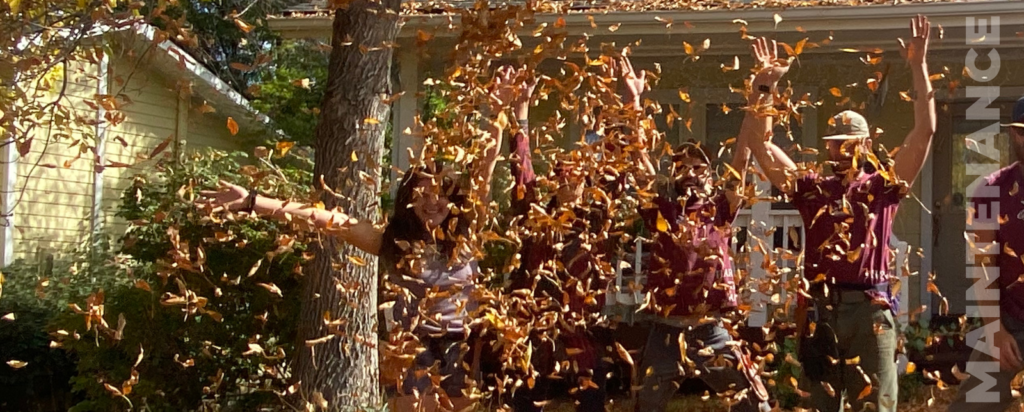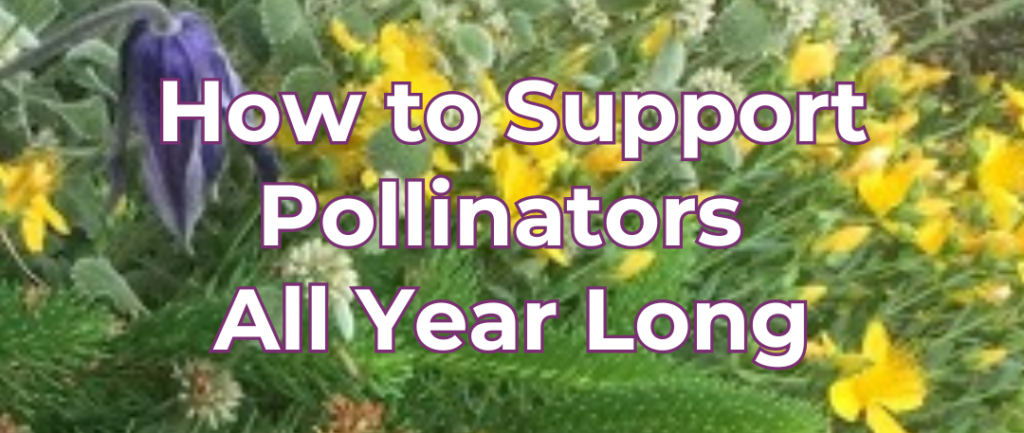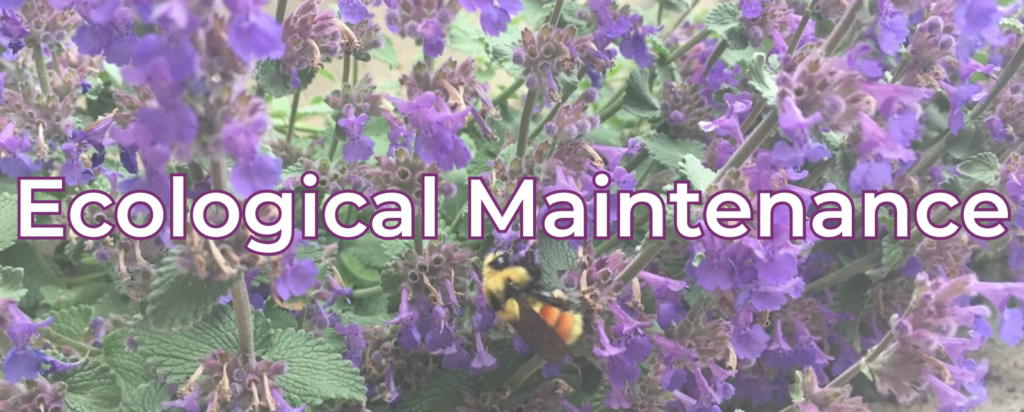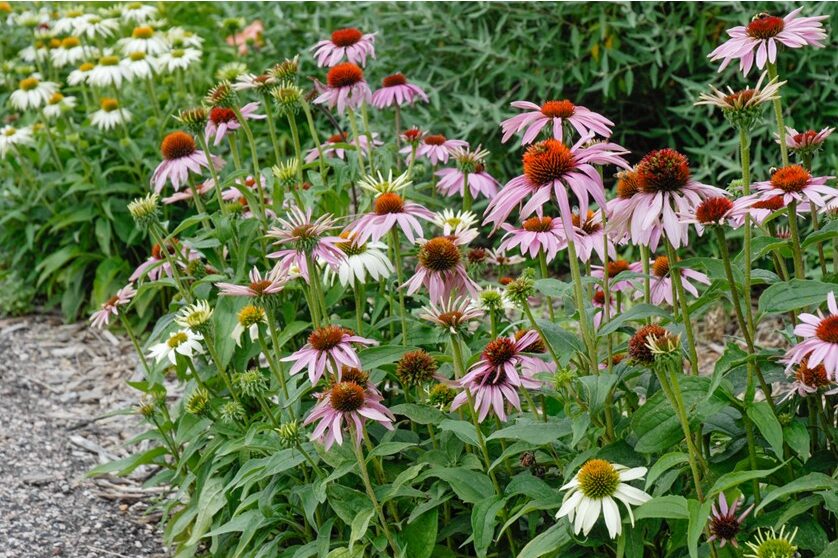Acquire plants from local sources.
The local nursery is the best source of plant material for several reasons. Local nurseries will generally not offer plants that would fail in the areas they serve. Knowledgeable staff is readily available to discuss specifics of your site to further ensure that you go home with plants that will meet your needs and survive your particular challenges.
Many local nurseries propagate their plants and keep their perennial and woody plants outside for the winter. Both of these practices mean that the individual plants will be better adapted and hardier to the specific conditions where they are sold. Propagating plants on-site means that fossil fuels were not required to ship these plants around the country before being purchased and planted. This is good news for the plant, the environment, and the gardener.
Compost yard waste.
Prepare a place, perhaps in a neglected corner of the yard, to allow the nutrients removed from the garden to be reabsorbed into the soil. This keeps perfectly biodegradable green waste out of the landfill where it takes up space unnecessarily and may never decompose due to air-tight facilities. A compost pile doesn’t have to be difficult or time-consuming if you are willing to let nature take its course in reclaiming unwanted plant matter.
Because wildlife is a challenge in many Colorado communities, care should be taken not to invite unwanted visitors. Green and brown yard waste—leaves, lawn clippings, (non-seeding) weeds, dead flower heads, cut back perennials—is perfectly fit for a compost heap. Fruit fallen from trees and kitchen waste need to find a different outlet in areas where wildlife is present.
Reuse nursery pots.
Most local nurseries take back the black plastic nursery pots to be used again. It saves them money, which helps to keep prices lower, and spares the earth the burden of producing more oil-dependent plastics. Check with your nurseries first, as many cannot reuse the smaller pots and 6-pack containers that break easily. Once you know what they take, start a pile in the garage, shed, or on the side of the house, and throw them in the car or bike trailer next time you take a trip to the nursery. They’ll be glad to get them, and you’ll free up space in your garage, garbage, or recycling bin.
Grow appropriate plants.
Appropriate, here, is defined as plants adapted to the conditions they are to be grown in. This means that they do not require regular inputs of—anything, really—soil, amendments, fertilizers, pesticides, or even water once established. There are more plants in this category than you might think. So many beautiful and exciting native plants thrive in cultivation. Robert Nold’s book, High and Dry: Gardening With Cold-Hardy Dryland Plants is a great place to start for ideas and more information. There are also cartloads of perfectly adapted plants from other places in the world with climates like Colorado’s that are available in increasing quantities. Check with your local nursery to see which sensational selections are available this season.
To the glory of the garden! Eva
Eva Montane, certified Landscape Designer & President of Columbine Landscapes Co

